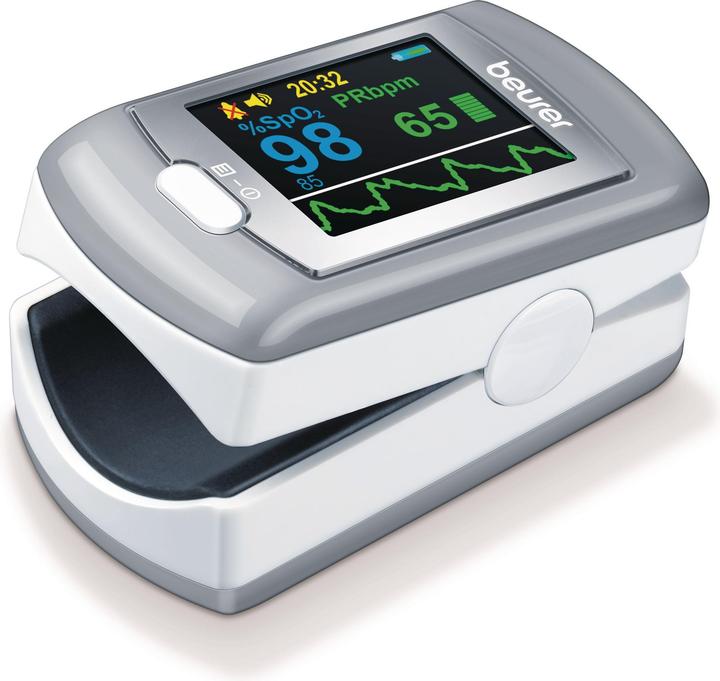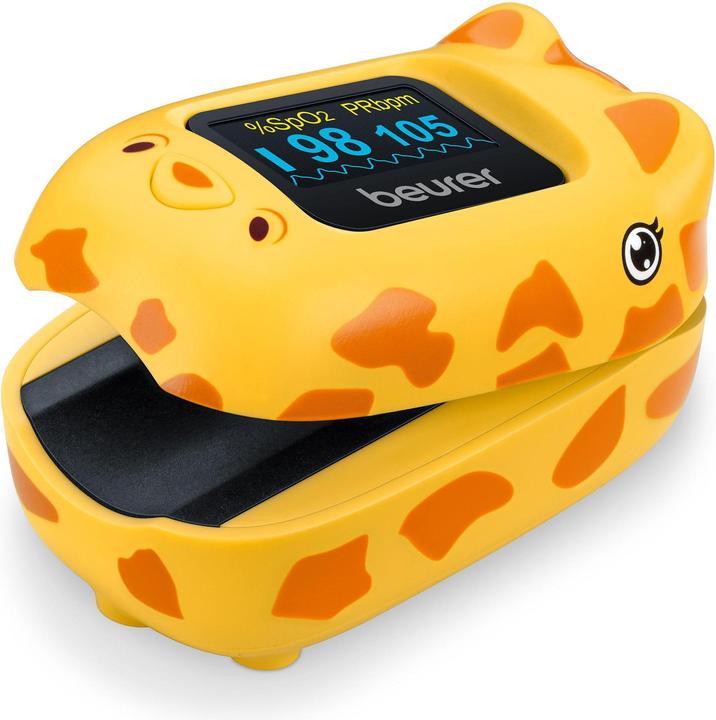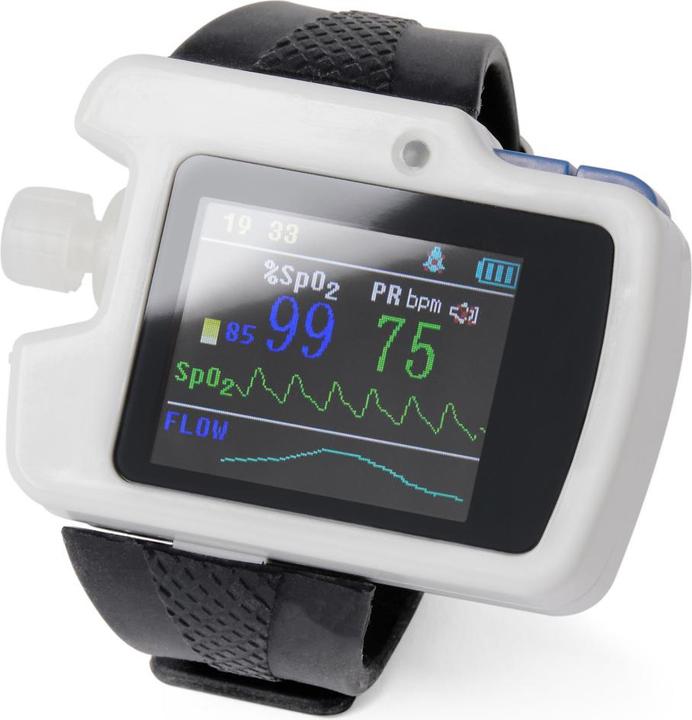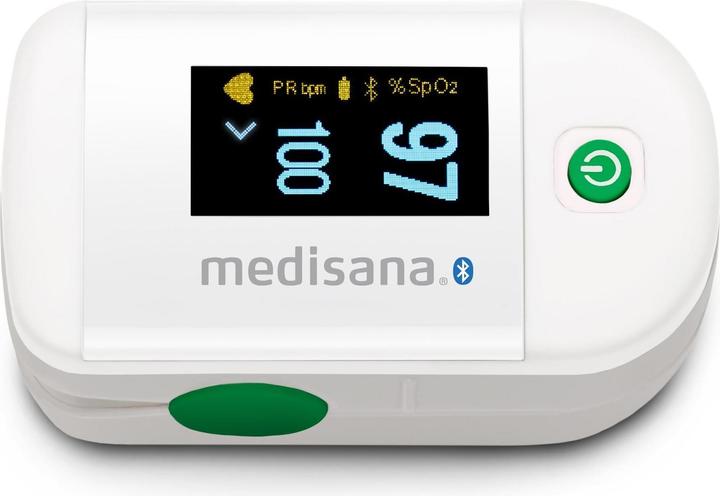
Too Many ECG + Pulse Oximeters? Here's How to Choose the Right One
Explore five key factors to consider when selecting the perfect ECG and pulse oximeter for your needs.
Last updated 6 days ago. Automatically generated content.


Select options and limit the number of products
Measurement capabilities determine the range of health metrics the device can monitor, impacting its usefulness for various health conditions. Choosing the right capabilities ensures accurate and comprehensive health tracking, aiding in better health management.
Popular options (you can select more than one)
Heart rate (pulse)
Typical price
27.– to 110.–Measures the number of heartbeats per minute, providing insights into cardiovascular health.
Useful for tracking fitness levels and detecting heart irregularities, enhancing personal health monitoring.
Bestseller
Xxygen saturation
Typical price
23.– to 64.–Assesses the percentage of oxygenated blood, indicating respiratory and overall health.
Essential for individuals with respiratory conditions, ensuring timely intervention and effective health management.
Bestseller
Pulse modulation index (PMI)
Typical price
22.– to 35.–Analyzes variations in pulse wave amplitude, reflecting autonomic nervous system activity.
Helpful for stress assessment and monitoring autonomic function, supporting better mental and physical health.
Bestseller
Data transmission in ECG + Pulse oximeters refers to the method used to transfer collected health data from the device to other systems or platforms. Selecting the right data transmission option is crucial for ensuring efficient data management, accessibility, and real-time monitoring, which can significantly enhance user experience and healthcare outcomes.
Popular options (you can select more than one)
Wireless
Typical price
23.– to 150.–Enables data transfer via Bluetooth or Wi-Fi, eliminating the need for physical connections.
Ideal for users seeking convenience and mobility, allowing data to be accessed or shared effortlessly from any location.
Bestseller
Digital
Typical price
27.– to 110.–Transfers data through digital interfaces or apps, offering precise and quick data management.
Best suited for tech-savvy users who appreciate streamlined data handling and integration with digital health platforms.
Bestseller
Cable
Typical price
25.– to 80.–Uses physical cables for data transfer, ensuring a stable and secure connection.
Recommended for environments where reliability and security are paramount, such as medical facilities.
Bestseller
Pulse oximeter features include functionalities that enhance the usability and effectiveness of the device in measuring blood oxygen levels and heart rate. These features are crucial for ensuring the device provides accurate readings and is convenient for regular monitoring.
Popular options (you can select more than one)
Measurement on the finger
Typical price
23.– to 85.–Offers a simple and non-invasive way to measure oxygen saturation levels using the fingertip.
Ideal for quick assessments, providing ease of use and accessibility for various users, including those with limited mobility.
Bestseller
Automatic switch-off
Typical price
23.– to 40.–Turns off the device automatically after a period of inactivity to save battery life.
Enhances convenience by reducing the need for manual operation and prolongs device usage between charges.
Bestseller
Alarm function
Typical price
27.– to 68.–Alerts users when measurements fall outside normal ranges, ensuring timely attention to health changes.
Useful for continuous monitoring, especially for individuals requiring consistent health tracking, such as those with chronic conditions.
Bestseller
Data analysis in ECG + Pulse oximeters refers to the methods and tools used to interpret the collected health data, crucial for accurate diagnosis and monitoring. Understanding data analysis options ensures users can effectively track health metrics and make informed health decisions.
Popular options (you can select more than one)
Display
Typical price
23.– to 40.–Provides real-time visualization of ECG and pulse oximetry readings directly on the device.
Allows users to quickly assess their health status without needing additional equipment, offering convenience and immediate feedback.
Bestseller
Smartphone
Typical price
61.– to 130.–Integrates with smartphone apps to store and analyze health data over time.
Offers users the ability to track trends and changes in their health metrics conveniently, enhancing long-term health monitoring.
Bestseller
PC Software
Typical price
80.– to 320.–Utilizes specialized software for in-depth health data analysis on a computer.
Ideal for users who require detailed analysis and reporting, aiding in comprehensive health evaluations and sharing data with healthcare providers.
Bestseller
The brand factor helps customers differentiate between leading ECG + Pulse oximeter manufacturers, influencing purchase decisions by showcasing brand reputation and reliability. Brands such as Beurer, Braun, and AliveCor are known for their advanced technology and user-friendly designs, impacting the overall user experience and accuracy of the devices.
Popular brands (you can select more than one)
Beurer
Renowned for producing reliable and user-friendly health monitoring devices.
Offers excellent value for money with accurate and easy-to-use ECG + Pulse oximeters.
Bestseller
Braun
Known for its high-quality, durable medical devices and precision technology.
Provides robust performance with a focus on accuracy and long-lasting use.
Bestseller
Medisana
Specializes in affordable health monitoring solutions.
Ideal for budget-conscious consumers seeking quality without high costs.
Bestseller
Pulox
Offers a range of compact and portable health monitoring devices.
Perfect for those needing portable solutions without compromising on measurement accuracy.
Bestseller
AliveCor
Pioneers in smartphone-compatible ECG technology.
Great for tech-savvy users wanting clinical-grade ECG monitoring on-the-go.
Bestseller





